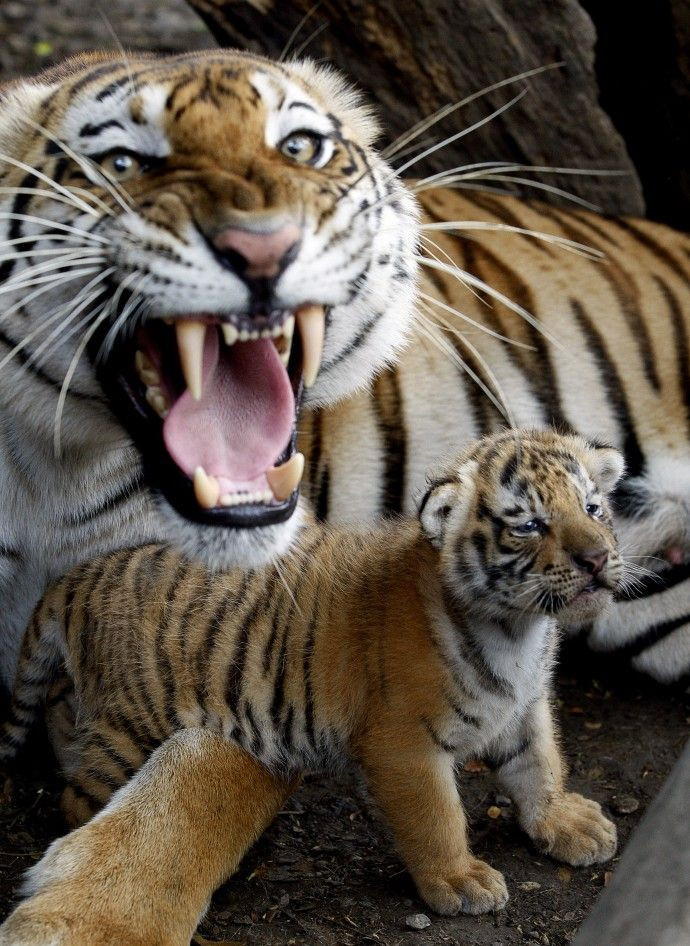Earth May Be On Path To Mass Extinction

A new study suggests the Earth's sixth mass extinction could be as close as three centuries away.
The study, from a group of researchers at the University of California at Berkeley, University of Sao Paulo and Duke University, says if the rate of extinction continues, all of Earth's creatures will be no more. In 540 million years, the scientists say three-quarters of all animal species have gone extinct five separate times.
If you look only at the critically endangered mammals -- those where the risk of extinction is at least 50 percent within three of their generations -- and assume that their time will run out, and they will be extinct in 1,000 years, that puts us clearly outside any range of normal, and tells us that we are moving into the mass extinction realm, said Anthony D. Barnosky, UC Berkeley professor of integrative biology, in a statement.
Barnosky is a curator in the Museum of Paleontology and a research paleontologist in the Museum of Vertebrate Zoology. He was the lead author on the study, which will be published in the March 3 issue of the journal Nature.
According to Barnosky, if the animals which are listed under critically endangered, endangered and vulnerable actually went extinct, and the rate of extinction continued, the sixth mass extinction could occur as soon as three centuries from now.
Still, he says, there is no need to panic. For one, this would involve perfect storm of threats, including habitat fragmentation, invasive species, disease and global warming.
So far, only 1 to 2 percent of all species have gone extinct in the groups we can look at clearly, so by those numbers, it looks like we are not far down the road to extinction. We still have a lot of Earth's biota to save, Barnosky said.
Also, he said it's not too late to save the day. It's very important to devote resources and legislation toward species conservation if we don't want to be the species whose activity caused a mass extinction, he added.
The study derived from a seminar Barnosky had in 2009, where he attempted to directly compare the extinction rates from the past to today. However, he said this was impossible since fossil records were simply too old and imprecise. Instead, the researchers decided to estimate plausible rates for the mass extinctions from the fossil record and then compare these rates to current ones. The study focused on mammals, since they are studied today and well-represented in fossil records.
Using records from the International Union for Conservation of Nature (IUCN), they took a look at threatened species. This is where they determined that if all mammals currently listed as critically endangered, endangered and threatened go extinct, Earth will be in a true mass extinction, regardless of the time period.
To contact the reporter responsible for this story call (646) 461 6920 or email g.perna@ibtimes.com.
© Copyright IBTimes 2024. All rights reserved.





















